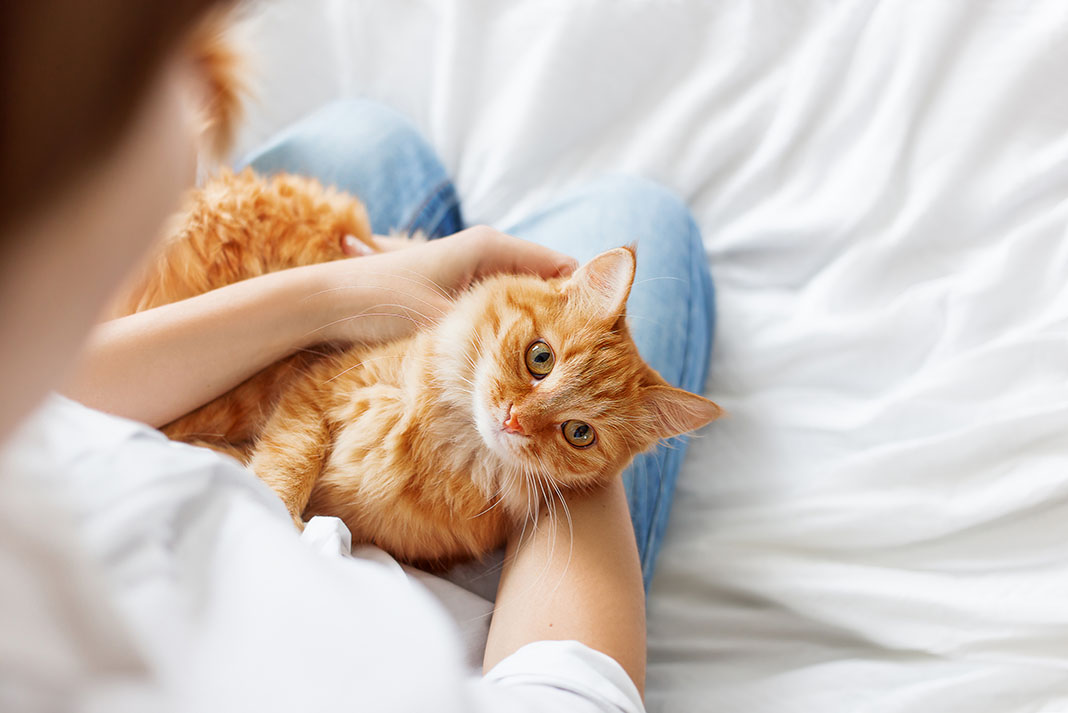pet advice
Cats get arthritis too….
words by
catherine harper // Barossa Veterinary clinic

As we head into the cooler weather, we all become more aware of stiff or sore joints.
Dogs tell us when things hurt. They limp, they are slow to get up and they don’t want to run around as much.
Our feline friends are much better at hiding these signs.
We know our cats are masters of disguise and as a result, osteoarthritis in cats is a significantly underdiagnosed disease.
As veterinarians, we often hear comments of cats slowing down, sleeping more or not jumping up to get food.
Owners consider this normal as cats age, but these are often the signs of advancing pain and are the clues we need to look for to know they need some help.
Osteoarthritis has been shown to exist radiographically in 40% of all cats and 90% of cats over the age of twelve.
Arthritis is predominantly a disease of older animals, but can present much earlier in life, with some animals showing symptoms from as young as two.
Osteoarthritis is a specific type of arthritis where cartilage that normally cushions the joint is worn away, exposing the bone, resulting the release of inflammatory factors and subsequent pain and reduced mobility.
Signs of osteoarthritis include:
• Reduced mobility – “bunny-hopping” with both back legs when climbing stairs and descending one step at a time.
• Hesitating before jumping and not clearing jumps in one leap.
• Inappropriate toileting – missing the litter tray.
• Reduced activity – sleeping more, reduced interest in toys, reduced interaction with owners.
• Changes in grooming behaviour – matted/scruffy coats, especially in the lower half of body.
• Temperament or behaviour changes – sleeping in different, easier to access areas and irritability when being handled.
At their annual visit, be sure to mention if you have noticed any of these changes and your vet will work through some questions while also examining your cat to assess their comfort levels.
The good news is there are lots of things that your vet can recommend to help.
Below is a list to help with managing arthritis. A combination of these is always more effective than one alone:
• Soft beds and warm spots to rest.
• Easily accessible resources such as low sided litter trays and food bowls on floor level for easier access.
• Providing steps or ramps to reach higher areas.
• Weight management to reduce weight and pressure on joints.
• Nutritional supplements like 4CYTE.
• Medical treatment with Solensia or other pain management medications.
Solensia a new therapy for cats and is incredibly effective at alleviating pain and the symptoms of osteoarthritis.
It is the first “monoclonal antibody” specifically designed for cats with osteoarthritic pain.
It works by targeting nerve growth factor, an inflammatory mediator that plays a key role in the vicious cycle of inflammation and pain in an arthritic joint.
As an antibody, this amazing new therapy is metabolised and eliminated with minimal organ involvement thereby having almost no side effects, which is great for our elderly patients!
Many of our clients’ cats have already received this treatment and are incredibly happy with the changes they have seen.
If you are seeing some signs of osteoarthritis in your cat or would like to know more about therapies to support them, please book an appointment with your vet to review and find out the best options.
As always, early intervention will ensure the best outcomes.






